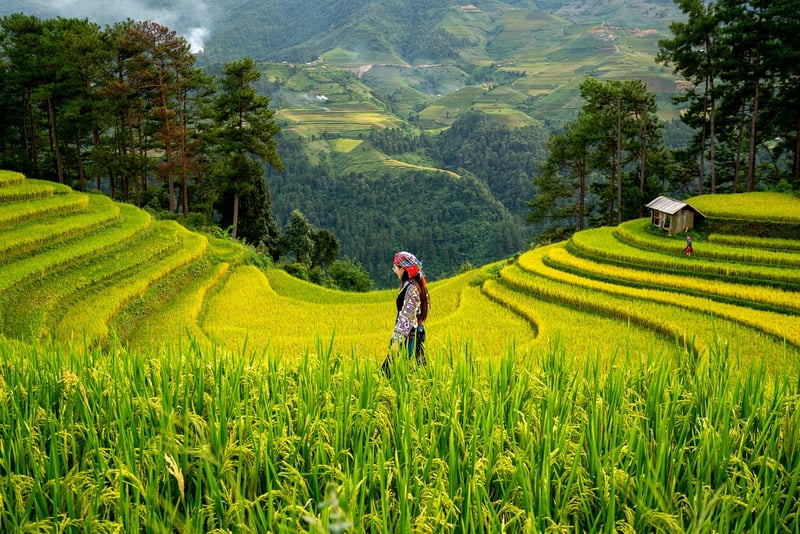Vertical Farming
The Rise of Vertical Farming: Cultivating Plants in Urban Spaces

As the world's population continues to grow and urban areas become more densely populated, the need for innovative solutions to produce food in urban spaces has never been more critical. Vertical farming has emerged as a sustainable and efficient method to cultivate plants in urban environments, addressing issues such as limited land availability and reducing the carbon footprint associated with traditional agriculture.
What is Vertical Farming?
Vertical farming is the practice of growing crops in vertically stacked layers or inclined surfaces, often in controlled environments like skyscrapers, warehouses, or shipping containers. This method utilizes techniques such as hydroponics, aeroponics, and aquaponics to provide plants with the necessary nutrients and light to thrive without soil.
Benefits of Vertical Farming
- Maximizes land use efficiency by growing upwards
- Reduces water usage compared to traditional farming methods
- Minimizes the need for pesticides and herbicides
- Enables year-round crop production
- Shortens the supply chain, reducing transportation costs and emissions
Challenges and Innovations
While vertical farming offers numerous benefits, it also presents challenges such as high initial investment costs, energy consumption, and technological limitations. However, ongoing innovations in LED lighting, automation, and data analytics are helping to overcome these obstacles, making vertical farming more economically viable and scalable.
Impact on Urban Agriculture
Vertical farming is revolutionizing urban agriculture by bringing food production closer to consumers, creating local food systems, and promoting food security in cities. By integrating vertical farms into urban landscapes, communities can have access to fresh, nutritious produce while reducing the environmental impact of food production and distribution.
The Future of Farming
With the global population projected to reach 9.7 billion by 2050, the adoption of sustainable farming practices like vertical farming will be essential to meet the growing demand for food. By harnessing technology, innovation, and environmental stewardship, vertical farming represents a promising solution to feed urban populations while promoting food sustainability and resilience.
Embrace the future of farming with vertical agriculture and join the movement towards a more sustainable and food-secure world!
References: Vertical Farming: From Concept to Reality The Future of Vertical Farming in Sustainable Urban Agriculture
